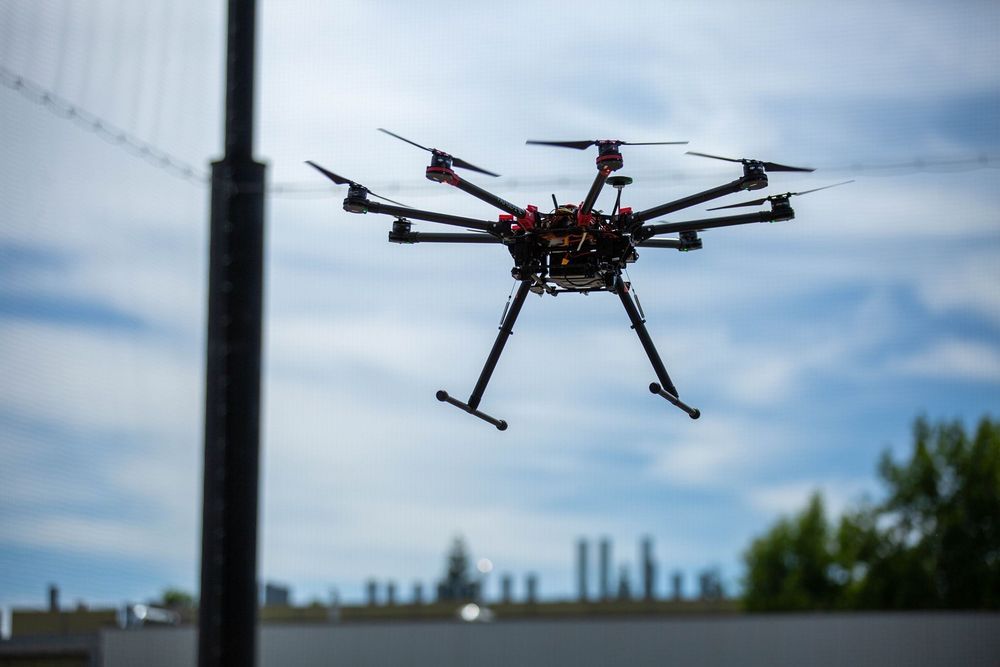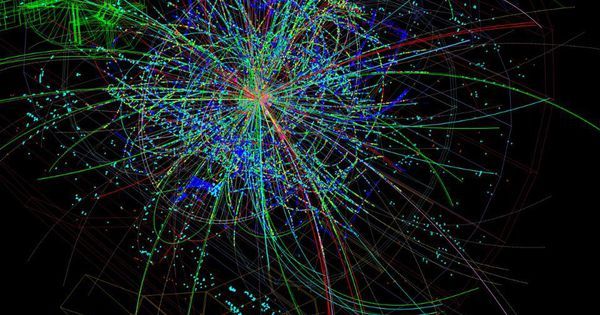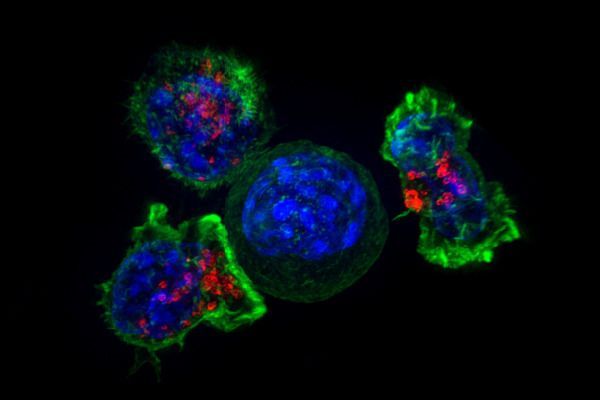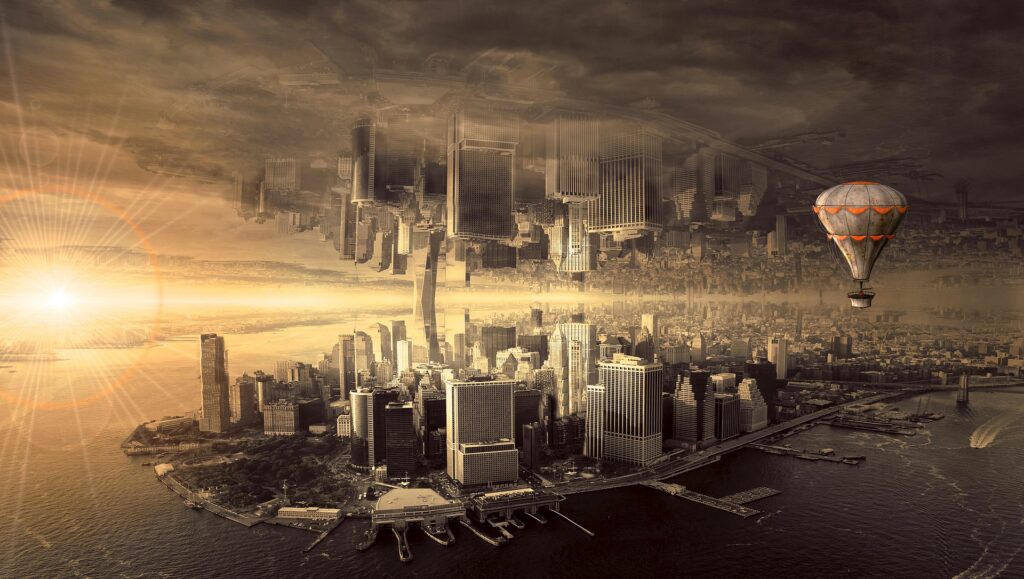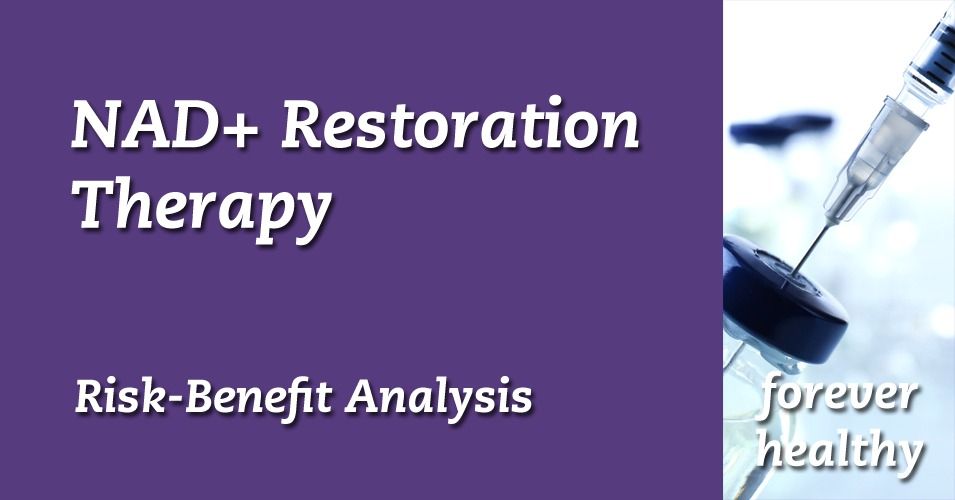 It’s a race to the skies in terms of which company actually deploys an on-demand air taxi service based around electric vertical take-off and landing aircraft. For its part, German startup Volocopter is taking another key step with the revelation of its first aircraft designed for actual commercial use, the VoloCity.
It’s a race to the skies in terms of which company actually deploys an on-demand air taxi service based around electric vertical take-off and landing aircraft. For its part, German startup Volocopter is taking another key step with the revelation of its first aircraft designed for actual commercial use, the VoloCity.
The VoloCity is the fourth-generation eVTOL vehicle that Volocopter has created, but the first three were created for testing and demonstration purposes, and have flown more than 1,000 times in service of that goal. The VoloCity, an 18-rotor VTOL with a range of around 35 km (just under 22 miles) and a top speed of about 70 mph, is designed for transporting up to two people, including light luggage like backpacks, briefcases or purses.

